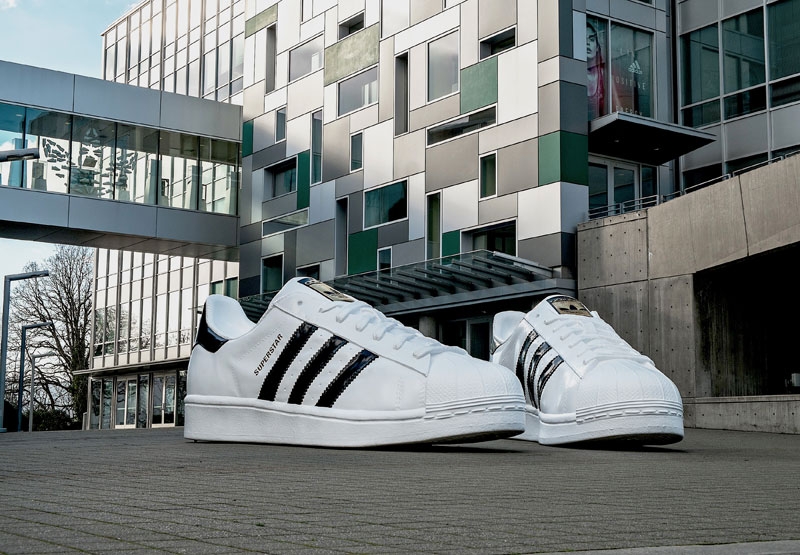Share this article! The arms race between Nike, Adidas and Under Armour continues to heat up. Ground zero is Portland. Under Armour announced last week its Portland footprint would be 60% bigger than the original design. On Monday Adidas announced it was hiring an additional 120 people by the end of the year. And Nike? … Read more
The arms race between Nike, Adidas and Under Armour continues to heat up.
Ground zero is Portland. Under Armour announced last week its Portland footprint would be 60% bigger than the original design. On Monday Adidas announced it was hiring an additional 120 people by the end of the year.
And Nike? As if its massive expansion in Beaverton and self-tying shoes were not enough, a couple of weeks ago, Oregon’s signature sports conglomerate was the subject of a long profile in the New York Times.
The article profiled Nike’s foray into high fashion, the culmination of a slow merging between the outdoor, sports and women’s fashion sectors. It’s a risky move, with parallels, perhaps, in the evolution of the technology sector.
Just as technology is no longer a stand alone sector but the substrate of all sectors, so fashion may soon define all apparel companies, and collapse distinctions that give individual businesses their competitive edge.
Disruption, after all, is often just another term for erasure.
China is another flattener.
Back in 2009 Ziba Design pioneered a new retail concept for the now faltering Chinese brand Li Ning. The concept was “built on the Chinese approach to sport as social participation instead of the Western notion of elite performance.”
Five years later, Adidas introduced its flagship HomeCourt store in Beijing, a concept that defines sports as a consumer experience. The stores, which feature sport banners, fitting rooms, arena digital boards and a stadium-inspired entrance, reflect changes underway at Adidas and in China both.
Earlier this month Adidas announced plans to open 3,000 stores in China by 2020. Nike and Under Armour are also thinking big in China, where a loosening of the one-child rule and a government mandate making soccer compulsory for all kids helps ensure a captive market.
And another battleground for the Big Three to duke it out.


